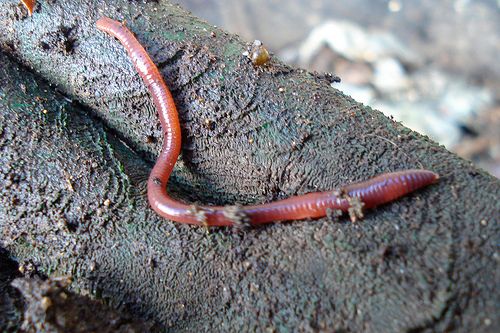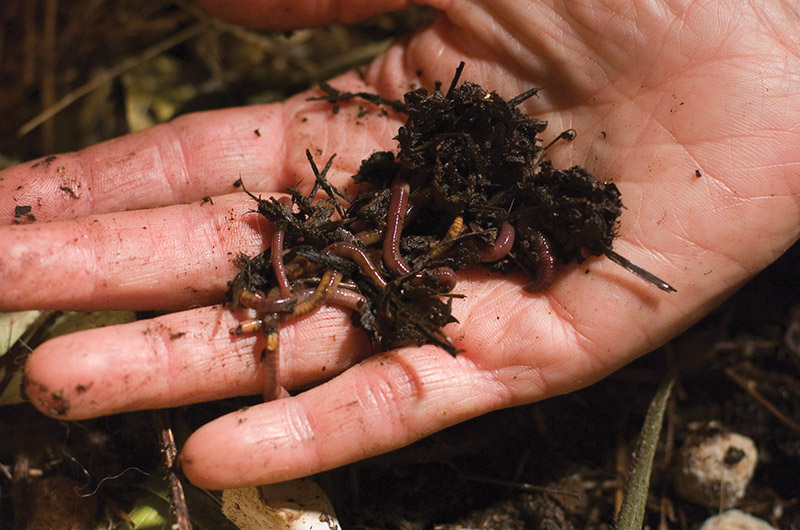Red Wiggler Worms Demystified: Opening the Keys of Vermiculture for Greener Living and Nutrient-Rich Soil
In the world of lasting techniques for improving dirt high quality and promoting eco-conscious living, red wiggler worms play an essential yet usually forgotten duty. Red Wiggler Worms. Comprehending the ins and outs of caring for these worms, enhancing their atmosphere, and utilizing their castings can lead to a greener way of living and healthier soil for plants to thrive.
The Role of Red Wiggler Worms
Red Wiggler worms play an essential duty in composting systems by efficiently breaking down raw material into nutrient-rich castings. These ravenous eaters take in a range of organic products, such as kitchen area scraps, yard waste, and paper products. As they feed, the worms' digestive procedures damage down the organic issue into a penalty, dark, and nutrient-dense product referred to as worm castings or vermicompost.
The spreadings produced by Red Wiggler worms are highly helpful for soil health and wellness and plant development. They are abundant in necessary nutrients like phosphorus, nitrogen, and potassium, which are crucial for sustaining healthy and balanced plant growth. In addition, worm castings contain advantageous germs and enzymes that help improve soil structure, boost water retention, and improve nutrient uptake by plants.
Advantages of Vermicomposting

It boosts soil framework, boosts soil oygenation, and enhances dirt moisture retention. Vermicompost additionally enriches the dirt with essential nutrients like nitrogen, potassium, and phosphorus, advertising plant development and overall soil fertility.
Furthermore, vermicomposting assistances lasting gardening methods by giving a chemical-free and natural option to artificial plant foods. Red Wiggler Worms. This eco-friendly method not only enhances the dirt yet additionally helps in reducing dependence on unsafe chemicals, promoting a greener and a lot more sustainable way of gardening
Establishing a Worm Bin
When establishing a worm bin for vermicomposting, appropriate configuration is vital to make certain the success of the composting process. The primary step in setting up a worm bin is selecting a suitable container. This can be a plastic bin or wooden box that supplies sufficient area for the worms to move and has correct drain openings to avoid waterlogging. Next off, a bed linen material such as shredded newspaper, cardboard, or coconut coir need to be contributed to the bin. This bedding gives a comfy atmosphere for the worms and assists maintain moisture degrees.
After adding the bedding, introduce the red wiggler worms to the container. It is suggested to begin with a handful of worms and gradually raise as they increase. The worms ought to then be given with food scraps such as vegetables and fruit peels, coffee grounds, and eggshells. It is vital to prevent including meat, milk, oily, or salted foods to stop drawing in parasites and developing undesirable odors.
Routinely monitor the dampness levels and temperature level in the worm bin to make sure optimum problems for the worms. With correct setup click and upkeep, the worm bin will properly convert natural waste into nutrient-rich garden compost for your plants and garden.
Gathering Worm Spreadings
To effectively collect nutrient-rich worm castings from your vermicomposting system, a methodical harvesting technique is essential. When it comes time to harvest the worm castings, there are a few vital actions to comply with to ensure a successful process.

Troubleshooting Common Issues
Recognizing and resolving common obstacles that may emerge throughout the vermicomposting procedure is essential for keeping a efficient and healthy and balanced worm bin. Including excess food scraps can lead to an accumulation of moisture and acidity in the worm container, potentially damaging the worms. pop over to these guys Another issue is undesirable odors rising from the worm bin.
Furthermore, if the worm populace is declining or the worms show up undesirable, it can be due to environmental stressors such as severe temperatures or pH degrees. Checking these aspects and making necessary modifications is vital for the health of the worms. By repairing these usual issues immediately, vermicomposters can ensure a effective and smooth vermicomposting procedure while maintaining a prospering worm populace.

Verdict
To conclude, red wiggler worms play a critical function in vermiculture by breaking down raw material into nutrient-rich soil. The benefits of vermiculture include greener living and boosted dirt top quality. Setting up a worm bin is important for successful vermiculture, and harvesting worm spreadings gives useful garden compost for horticulture. By recognizing and repairing typical issues, individuals can open the tricks of vermiculture for sustainable living and much healthier soil.
As they feed, the worms' digestion procedures break down the natural matter right into a penalty, dark, and nutrient-dense material recognized as worm castings or vermicompost.
The castings generated by Red Wiggler worms are extremely useful for soil wellness and plant growth. Including excess food scraps can lead to an accumulation of dampness and level of acidity in the worm bin, possibly harming the worms.In addition, if the worm population is decreasing or the worms appear unhealthy, it could be recommended you read due to ecological stress factors such as extreme temperature levels or pH levels. Establishing up a worm bin is essential for successful vermiculture, and collecting worm castings gives important garden compost for gardening.
Comments on “Organic Composting with Red Wiggler Worms - Boost Your Garden's Growth”